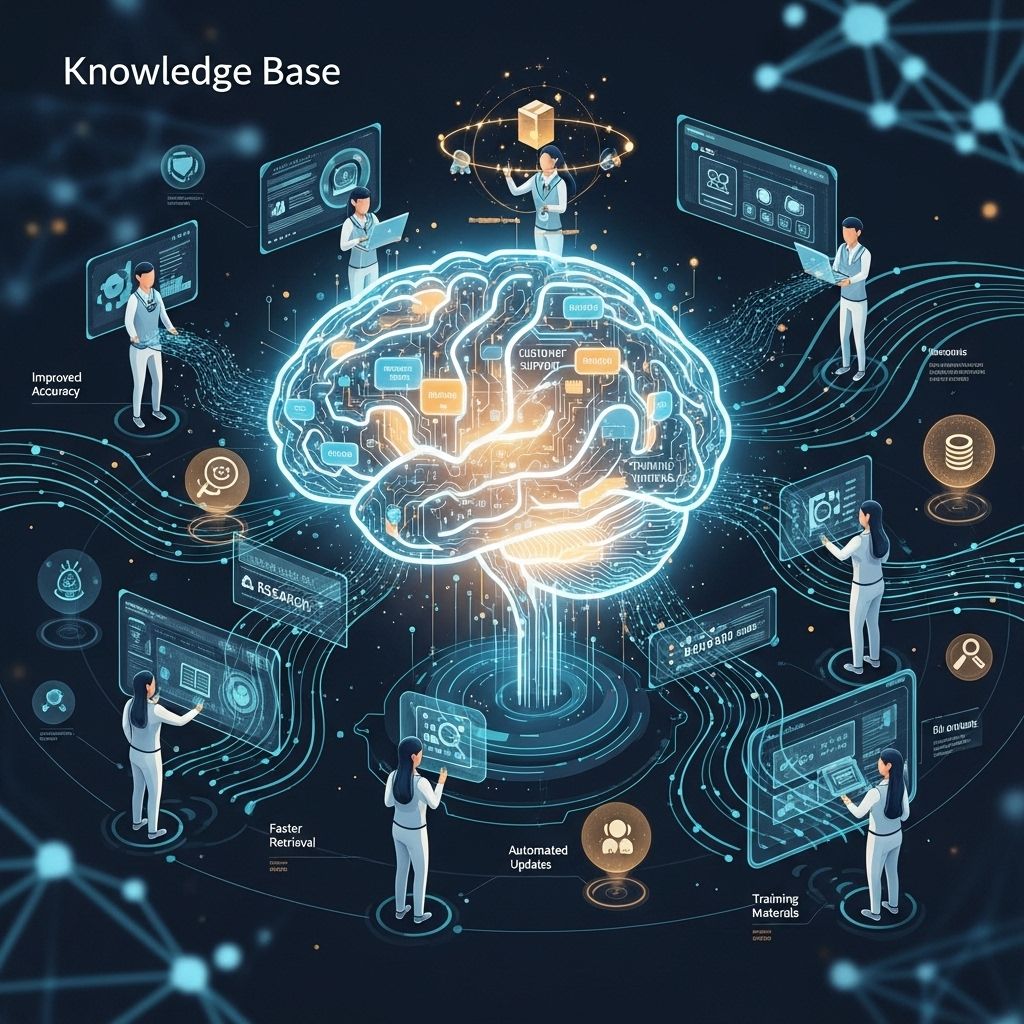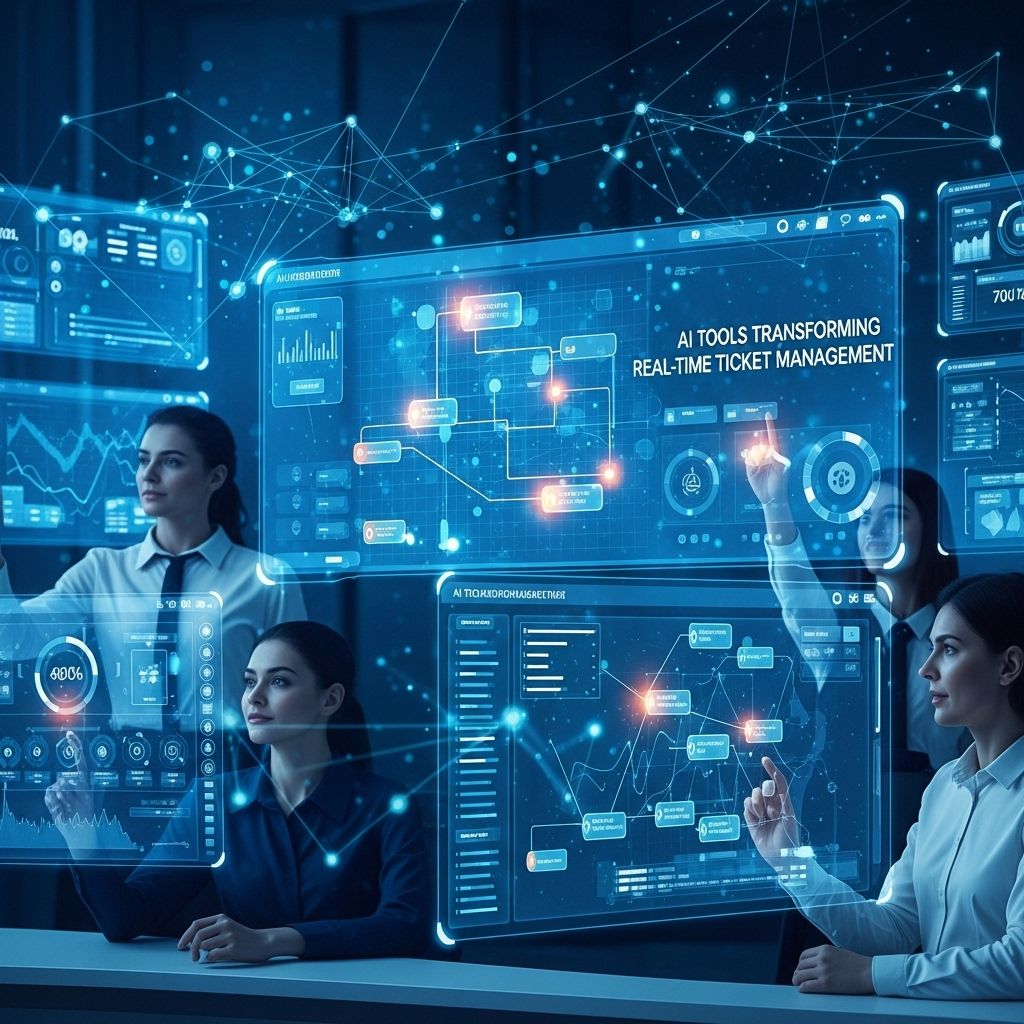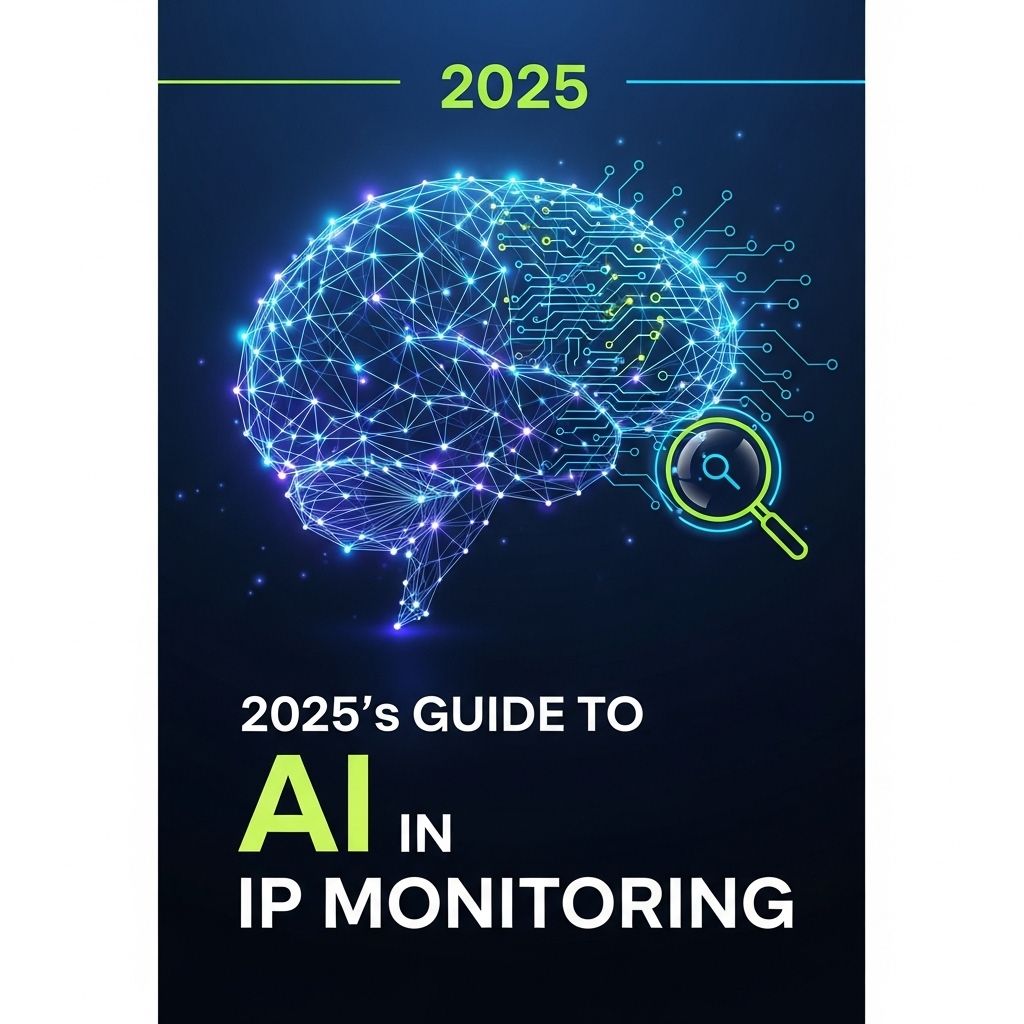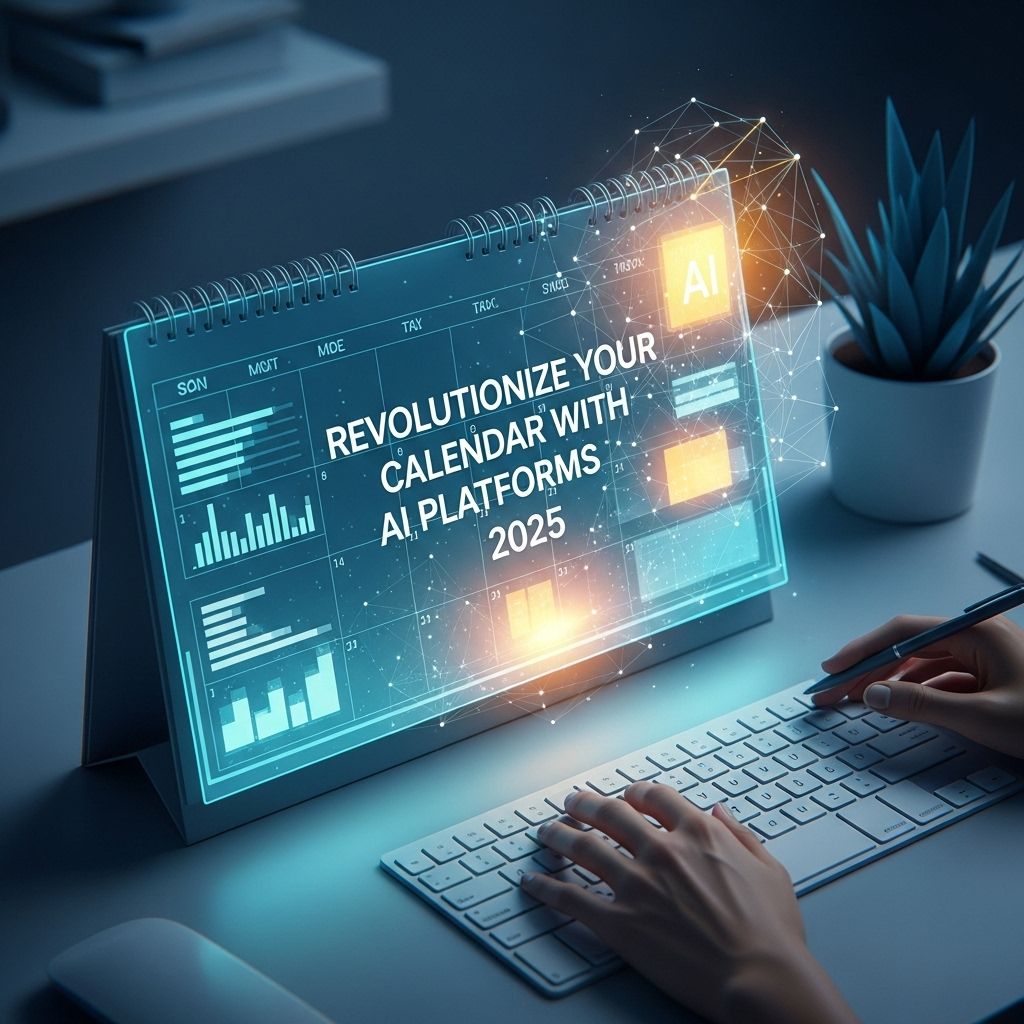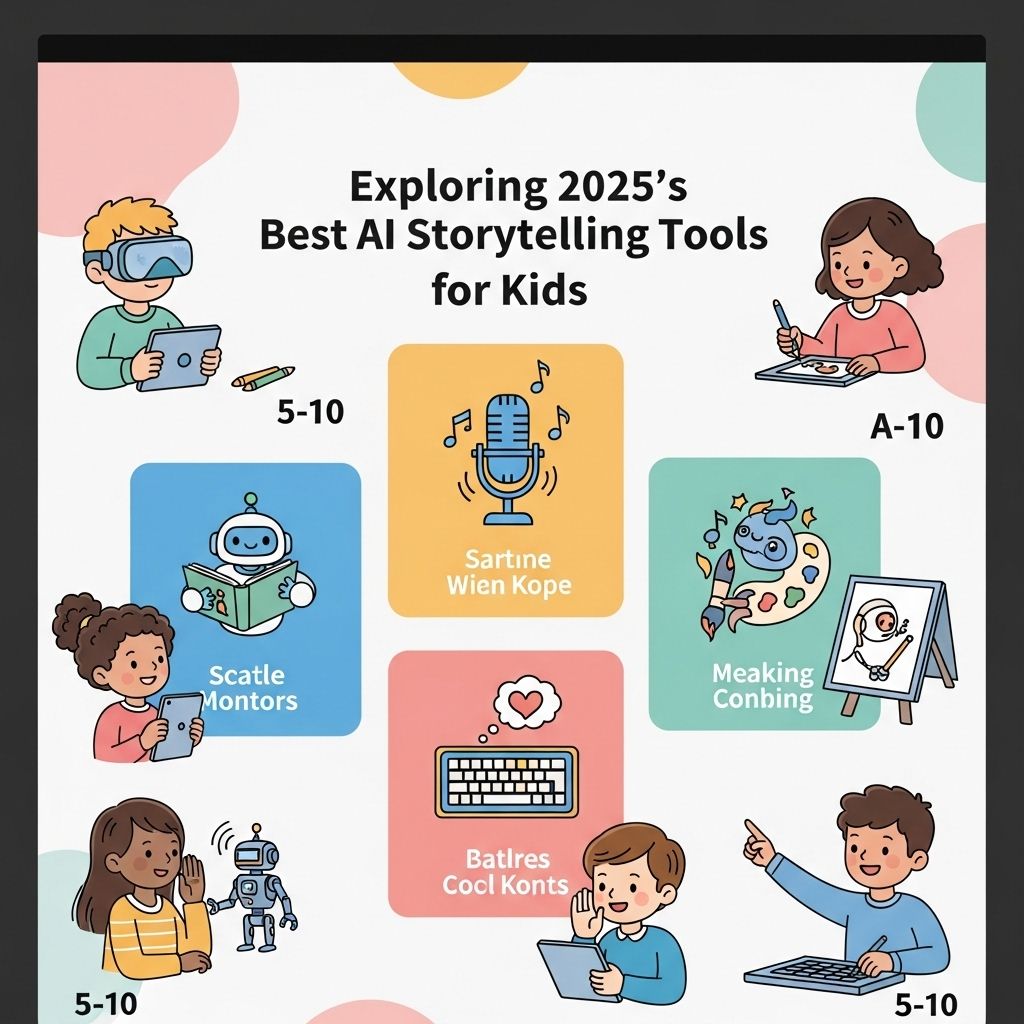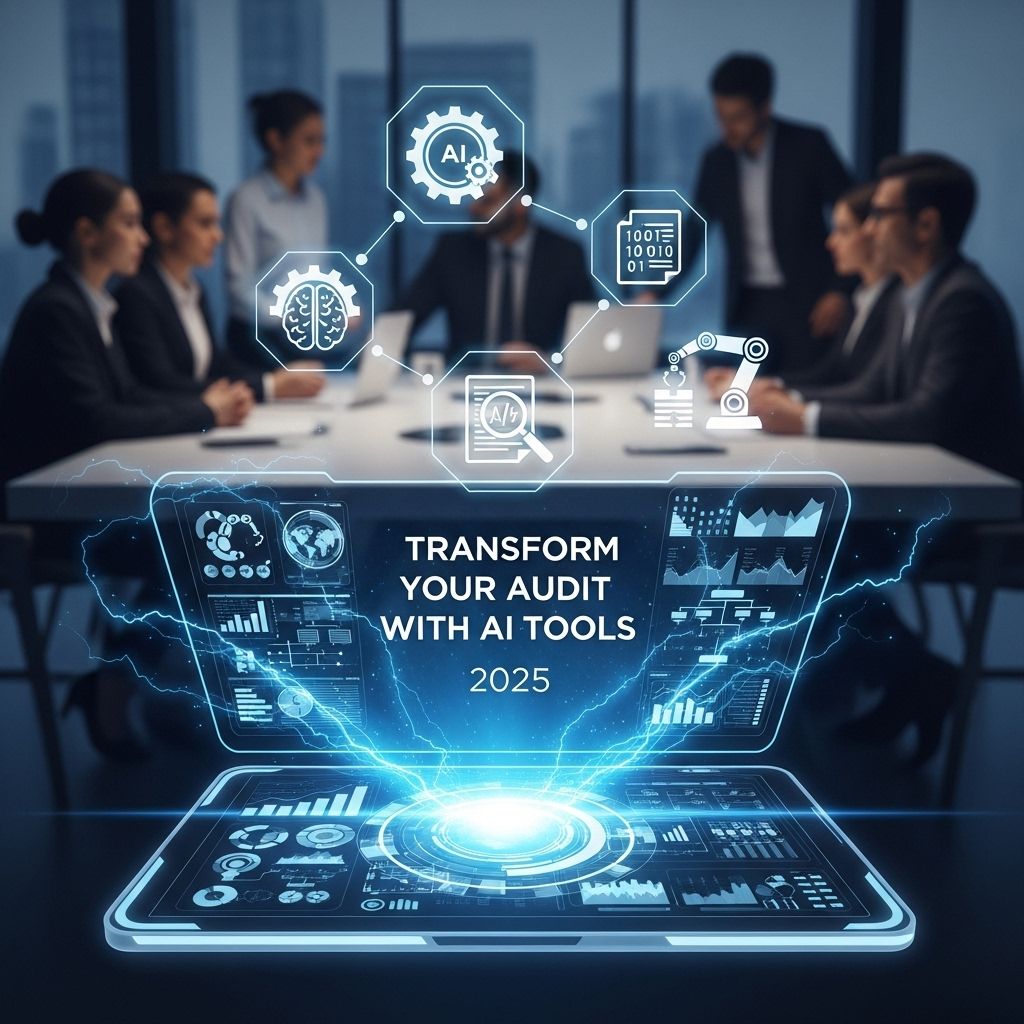Why Modernizing Legacy Applications is Crucial in 2025
Explore the importance of legacy application modernization in 2025 for business efficiency, security, and competitiveness in the digital age.

As we move further into the 21st century, the landscape of technology continues to evolve at a rapid pace. Businesses that rely on legacy applications often find themselves at a crossroads, where the cost of maintaining outdated systems begins to outweigh the benefits. In 2025, the urgency for legacy application modernization has become more pronounced than ever, driven by the demands of digital transformation, competitive pressure, and the ever-increasing need for agility in business operations. This article delves into the reasons why modernizing legacy applications is essential, the challenges involved, and the strategies for successful transformation.
Table of Contents
The Driving Forces Behind Modernization
Legacy applications, often built on outdated programming languages and architectures, may have served companies well for decades. However, several compelling forces are driving the need for modernization:
1. Digital Transformation
Organizations are increasingly shifting towards digital-first strategies, which require robust, flexible, and scalable technology environments. Modern applications facilitate:
- Data-Driven Decision Making: Real-time analytics and insights.
- Enhanced User Experience: Intuitive interfaces and seamless interactions.
- Integration Capabilities: Ability to connect with other modern tools and platforms.
2. Cost Efficiency
Maintaining legacy systems can be prohibitively expensive. Costs associated with outdated technology include:
- High Maintenance Expenses: Older systems often require specialized skills that come at a premium.
- Increased Downtime: Legacy systems are more prone to failures.
- Missed Opportunities: Inability to quickly adapt to market changes can result in lost revenue.
3. Security Concerns
Legacy applications can pose significant security risks due to outdated security measures and vulnerabilities. Modernizing these systems allows organizations to:
- Implement Advanced Security Protocols: Protect sensitive data with current encryption standards.
- Regular Updates: Ensure compliance with modern cybersecurity regulations.
- Reduce Attack Surface: Minimize vulnerabilities by retiring unsupported technologies.
Key Challenges in Legacy Application Modernization
Despite the clear benefits, organizations face several challenges when embarking on modernization efforts:
1. Complexity and Technical Debt
Legacy systems often accumulate technical debt over the years. Issues include:
- Unclear Documentation: Lack of comprehensive documentation complicates understanding of the system.
- Integration Issues: Difficulty in interfacing with modern technologies.
- Interdependencies: Tightly coupled components may complicate the migration process.
2. Resource Constraints
Modernization projects require significant resources, both in terms of finances and skilled personnel. Challenges include:
- Budget Allocation: Justifying the costs of modernization against immediate financial pressures.
- Skill Shortages: Difficulty in finding professionals experienced in both legacy and modern technologies.
3. Resistance to Change
Cultural resistance from employees can hinder modernization efforts. Organizations must address:
- Change Management: Engaging employees through training and support.
- Leadership Buy-In: Gaining endorsements from key decision-makers.
Modernization Strategies
To overcome these challenges, organizations can adopt various strategies for effective legacy application modernization:
1. Assessment and Planning
Begin by assessing the current state of legacy systems:
- Identify Business Needs: Understand business objectives and how legacy applications hinder them.
- Conduct a Technology Audit: Evaluate existing technologies and their alignment with current needs.
2. Choose the Right Modernization Approach
There are several approaches to modernization, including:
| Approach | Description |
|---|---|
| Rehosting | Moving applications to a cloud infrastructure without major changes. |
| Refactoring | Revising the existing code to improve performance while keeping the core functionality. |
| Replatforming | Changing the underlying platform without altering the core architecture significantly. |
| Replacing | Building new applications from scratch to meet current and future needs. |
3. Implementation and Execution
Successful execution involves:
- Agile Methodologies: Adopt agile practices to ensure quick iterations and responsiveness to feedback.
- Continuous Testing: Implement automated testing to identify issues early in the development process.
Future-Proofing Your Business
As businesses venture into 2025 and beyond, future-proofing through modernization will be key. Factors to consider include:
1. Cloud Adoption
Embracing cloud technologies not only enhances scalability and flexibility but also reduces costs associated with physical infrastructure.
2. Emphasis on APIs
Modern applications rely on Application Programming Interfaces (APIs) for seamless integration and interoperability. Building a robust API strategy is essential.
3. Microservices Architecture
This architectural style structures applications as a collection of loosely coupled services, enabling faster deployment and easier scaling.
Conclusion
The need for legacy application modernization in 2025 is clear. Organizations that proactively embrace these changes will not only enhance operational efficiency and security but also gain a competitive edge in an increasingly digital world. By understanding the driving forces, addressing the challenges, and implementing effective strategies, companies can ensure their technology landscape is prepared for the future.
FAQ
Why is legacy application modernization essential in 2025?
Legacy application modernization is essential in 2025 to improve scalability, enhance security, and ensure compatibility with new technologies. As businesses evolve, modernizing outdated systems enables them to meet current demands and stay competitive in a rapidly changing digital landscape.
What are the benefits of modernizing legacy applications?
The benefits of modernizing legacy applications include improved performance, reduced operational costs, increased agility, and the ability to leverage advanced technologies such as cloud computing and artificial intelligence, ultimately enhancing user experience and driving business growth.
How can companies assess the need for legacy application modernization?
Companies can assess the need for legacy application modernization by analyzing system performance, evaluating user feedback, checking for security vulnerabilities, and determining how well existing applications integrate with newer technologies and business processes.
What challenges do organizations face during legacy application modernization?
Organizations often face challenges such as data migration issues, resistance to change from employees, potential disruptions to business operations, and the need for specialized skills and resources during the modernization process.
What strategies can be used for effective legacy application modernization?
Effective strategies for legacy application modernization include adopting a phased approach, utilizing cloud-based solutions, implementing agile methodologies, and ensuring continuous testing and feedback throughout the modernization process to minimize risks and enhance outcomes.
How does legacy application modernization impact business competitiveness?
Legacy application modernization impacts business competitiveness by enabling organizations to respond faster to market changes, innovate more effectively, and provide better services to customers, ultimately leading to increased market share and customer satisfaction.

